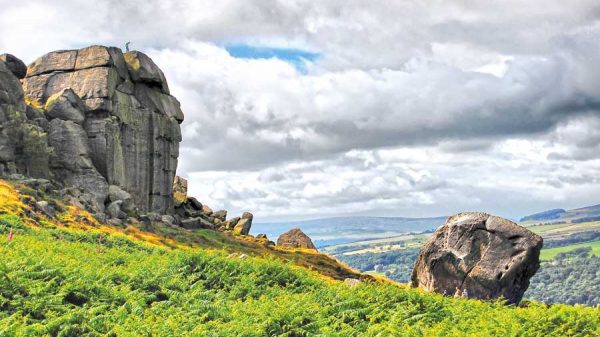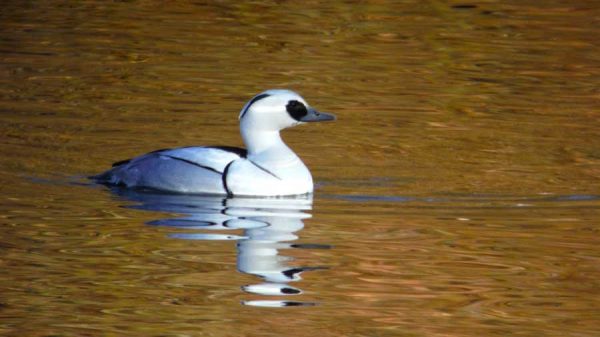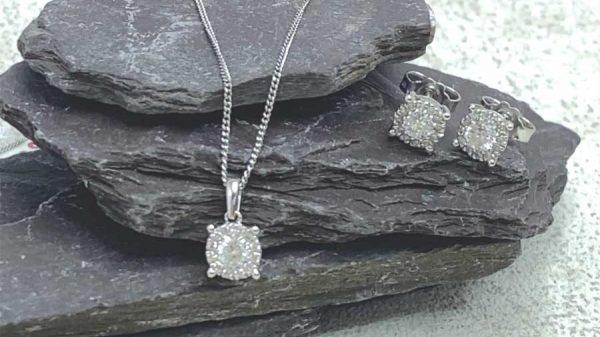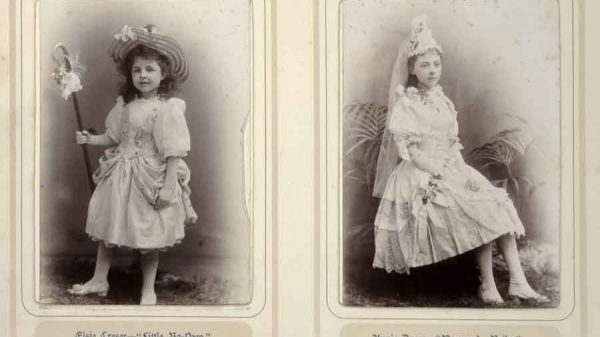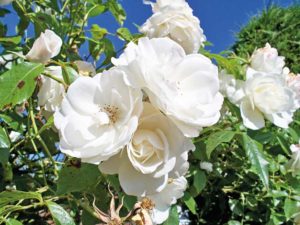−−− BY LINDA JENKINSON −−−
During the many conversations I have with completely new birdwatchers, I’m often told that they went to a bird reserve and didn’t see or hear anything at all apart from a few brown ducks. My first question for them is whether they chose to start birdwatching during mid-July and August. The answer is usually “yes”.
Most inexperienced wildlife watchers see the summer as being the time to start observing birds. After all, butterflies, dragonflies and wildflowers are usually at their best in July and August but when it comes to birdwatching, this is the worst time to begin. The reason is that, after tending their chicks, adult birds stop singing and begin their post-breeding moult. They will change every feather sequentially between now and the autumn. Their appearance will alter each week and they will change their behaviour to ensure they are able to remain safe until their feathers grow back.
With small perching birds, this means that they are barely seen and heard apart from a few communication calls. Wildfowl, that is ducks, geese and swans, lose their flight feathers all at once so their strategy for survival is to find a watercourse where they can feed and rest in safety for a few weeks. As ducks are more likely to be predated, they change their body feathers to make them look more camouflaged before moulting their flight feathers. This is why only brownish ducks are seen at this time. We refer to it as ‘eclipsed plumage’ and it works so well that it’s very easy to walk past sleeping eclipsed ducks without noticing them. If they are not on the water, finding them requires a careful scan with binoculars on islands and lagoon edges.
July also marks the start of birding autumn when migration begins. Birds that have moved to northern climes during the breeding season and failed to breed successfully will now be on their southward journey. They will soon be joined by unusual looking juvenile birds to add to those newly fledged youngsters from our locality that I told you about last month. After this, successful breeding adults will begin to move while in moult. Some of these families of birds such as waders, gulls and birds of prey, will challenge the most experienced of birders so don’t be discouraged. Just be aware that it is a difficult time.
Your bird book can’t possibly show you all the stages of moult so just be aware that worn feathers will be dull, new feathers will look bright and, for now, there will be lots of variation in between. It’s a good time to read the text in your bird book to learn about behaviour and feeding styles. This will help you to identify birds in different plumages. Failing that, just enjoy your walk and understand the challenge. You’ll get better at spotting birds eventually and you’ll learn to interpret what you see.
Linda Jenkinson teaches people about birds in and around Leeds. For details of classes email linda@startbirding.co.uk or call 07778 768719. Visit www.startbirding.co.uk or Start Birding on Facebook and Twitter

